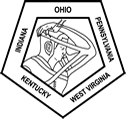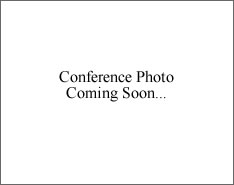<< Back to the abstract archive
Bridging the Global Gap in Breast Reconstruction: Insights from Nigerian Plastic Surgeons
Henrietta Ehirim
Sterling Braun
Richard Korentager
Cletus Otene
The University of Kansas School of Medicine
2025-01-09
Presenter: Henrietta Ehirim
Affidavit:
This project represents 100% original work by the medical student submitter. The student was solely responsible for the conception and design of the study, data collection, analysis and interpretation, and drafting of the abstract, all conducted under the guidance and mentorship of faculty members
Director Name: James Butterworth
Author Category: Medical Student
Presentation Category: Clinical
Abstract Category: General Reconstruction
Background: Breast reconstruction following mastectomy is underutilized across many African countries, including Nigeria, due to limited access to specialized surgery, insufficient training, and financial and cultural barriers. Despite rising breast cancer rates in Africa, research addressing the challenges of breast reconstruction remains limited. This study evaluates the practices, challenges, and systemic barriers faced by Nigerian plastic surgeons in providing breast reconstruction, offering insights into training gaps and intervention strategies to inform global health components in plastic surgery education.
Methods: A cross-sectional survey was conducted among licensed plastic surgeons and trainees in Nigeria, recruited via professional associations and social media. Data were collected through an anonymous online survey and analyzed using qualitative and quantitative methods.
Results: Forty-four responses were analyzed with a response rate of 50%. Of the respondents, 75% were male, and the majority worked in public hospitals. Sixty-six percent had performed breast reconstruction, primarily using autologous tissue. Key barriers included inadequate resources and insufficient patient referrals. Seventy-seven percent reported a lack of adequate training, with 55% noting no change in reconstruction rates over five years. The most requested additional training included microsurgery, fellowships, and tissue transfer techniques. Out of five interventions, increased training opportunities ranked highest, followed by public outreach and government funding.
Conclusion: Significant gaps exist in training and patient access to breast reconstruction in Nigeria. Targeted interventions are essential to improve outcomes for Nigerian women post-mastectomy. Integrating these insights into plastic surgery education can help address disparities in reconstructive care across diverse, resource-limited settings.



